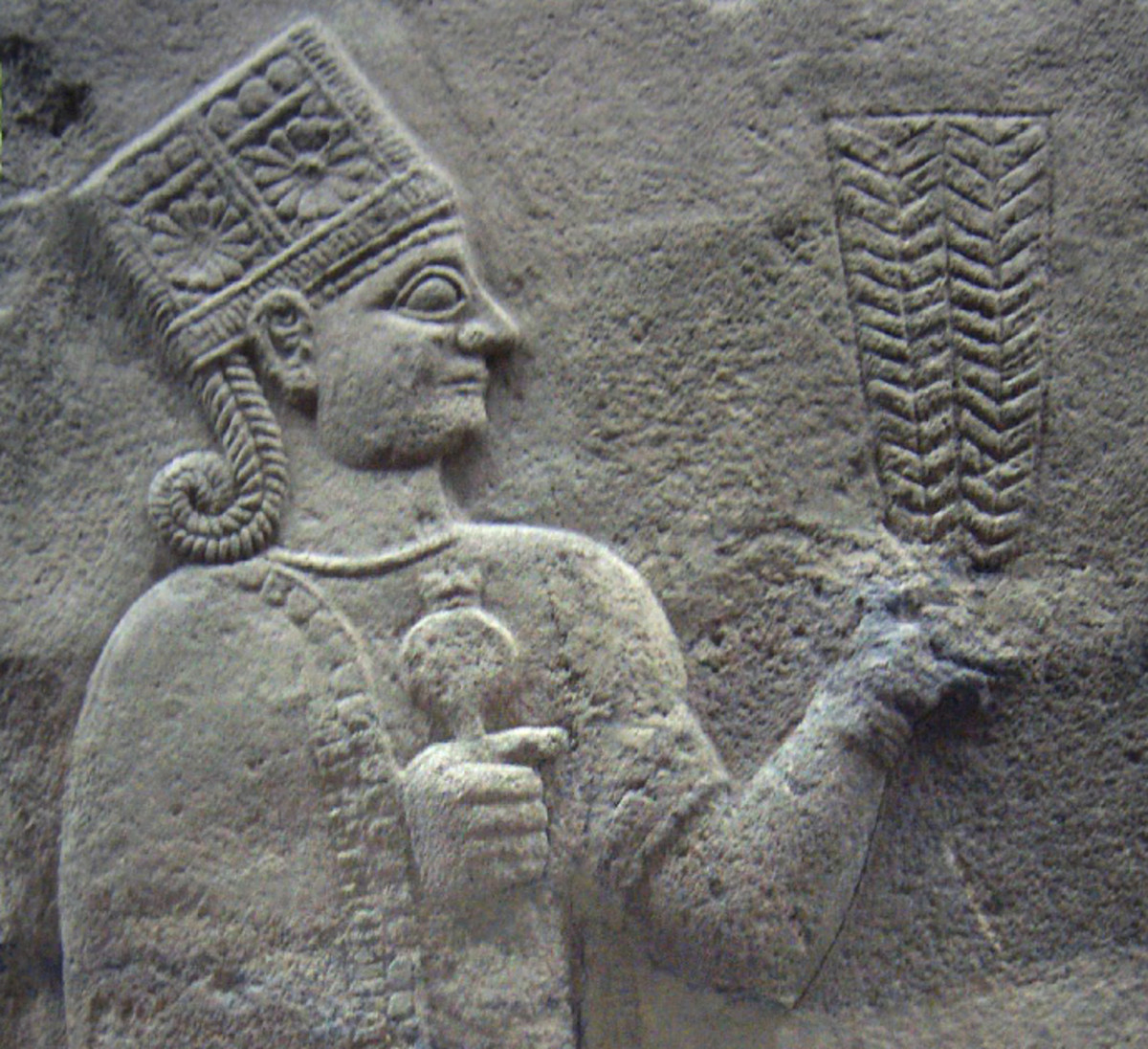The Common Courtesy of a Thank-You Card
The instantaneous exchange of information makes it easy to say thank-you via e-mail, text, Facebook, or other social media. Expressing gratitude digitally, however, is artificial and lacks the personal touch of heartfelt sentiment. Even in a modern age, human nature hasn’t changed—people still desire to be shown appreciation in a real way for their kind and generous deeds. Sending thank-you cards to convey gratitude should be common courtesy—not a thing of the past.

When Are Thank-You Cards Appropriate?
Thank-you cards are suitable for any occasion, but they are most commonly given to show appreciation for gifts or acts of service. Here is a list of occasions when thank-you cards should automatically be given:
Gifts
- Graduation
- Wedding
- Birthday Party
- Anniversary Party
- Baby Shower
- Bereavement
- Retirement
- Monetary gift during time of need
It’s also appropriate to send a thank-you card when someone has performed an act of service. If you’ve ever had surgery or an extended illness, maybe someone helped clean your house, bring you meals, or shuttle your children. If you are elderly, handicapped, or a single parent, maybe a good Samaritan mowed your lawn, shoveled your snow, raked your leaves, or helped with home repairs at no charge to you. Acts of service stem from the generous spirits of people who have compassion for others in need and who are intrinsically motivated by the Golden Rule. A verbal thank-you or a pat on the back encourages those who engage in random acts of kindness, but a thank-you card is the stamp of appreciation on a good deed that refuels the desire in others to continue charitable works.
What Does Sending Thank-You Cards Say About You?
Out of the abundance of the heart, the mouth speaks—or, in this case, the hand writes. When you are sincerely grateful for an unexpected gift or act of service, you can’t help but express your appreciation. True gratitude bubbles up from the inside and communicates thankfulness to the giver. Going the extra mile to send a handwritten note not only conveys you are sincerely grateful and appreciative, it proves you take the time and effort to care for others too. I already told the person thanks, you might be thinking, but a thank-you card sent via snail mail is the icing on the cake. It shows you are willing to take time from your busy day to let someone else know how much their kindness was appreciated. Going to the trouble of buying a card shows you value them and they were worth the postage to send a personal message.
Did you know your words can be a gift? Even the happiest of people encounter obstacles, discouragement, and stress. Everyone knows what it’s like to check the mailbox and only find bills, junk mail, and advertisements. Many feel like Charlie Brown from the Christmas classic—always checking the mailbox for something special, only to find it perpetually empty! Sending a personalized thank-you might just be the thread the receiver needs to hang on another day, it might renew their belief in humanity, and it might just lift their spirits when they need it most.
Sending a thank-you note says you’re not just a taker. Our society suffers from a debilitating entitlement mentality that perpetuates the myth someone owes them. They don’t need to forge a life or career path for themselves—let someone else work to provide for them while they sit back and collect. Be a giver, even if the only thing you have to give is a thank-you card filled with sincere words of gratitude.
Don’t write a generic thank-you that could apply to any Joe Schmoe. For example, if you received the gift of money for a graduation present, don’t send a card saying, Thanks for the money. I really appreciate it. Instead, expound. Specifically reference what you received—the money—and then say something about it. Thank you so much for the gift of money you gave me for my graduation. I definitely will be using it for college! I’ll be pursuing a law degree, while working 25 hours each week, so your gift will really help me with my expenses. I’m glad you were able to attend my party—it was nice catching up with you and hearing all about your grand kids. They are really cute! My family and I really appreciate your friendship and will keep you posted. Thanks again for your generous gift. A note like that lets the giver know you’ll be using their gift responsibly and lets them see you are a hard worker who will be juggling college and work. Referencing grandkids makes them swell with pride, and alluding to keeping in touch makes them feel you aren’t tossing them by the wayside after you’ve gotten what you can from them.
If you just had a baby and someone popped in with a meal and a gift, don’t let the chaos of motherhood deter you from sending a thank-you card. Your note shouldn’t be a hurriedly scrawled, Thanks for the meal and the baby gifts. We appreciate them! Brief notes tell the reader you are quickly performing an obligation and then brushing them off. Be specific. Thank you so much for the delicious meal! The strawberry pie was the best we’ve ever tasted, and the BBQ pork sandwiches and pasta salad really hit the spot. Cooking meals with two small children is a challenge, so I appreciate your help! Baby Liam will look so cute in the outfit you bought him, and he is super snuggly in the baby blanket! It was sweet of you to bring Lily a present too—it made her feel very special. You have really blessed our family with your thoughtfulness and generosity. Thanks again, and remember—any time you need a baby fix, you are welcome to stop by and visit. You let the giver know you remembered specifically what she gave you and explained how this helped your family. You expressed sincere gratitude, and you left the door open for future communication by inviting her to come back. This is how relationships grow and how we maintain positive connections with others.
Why Do People Like to Receive Thank-You Cards?
Even if the person who gives you a gift tells you not to bother to send a card, send one anyway! They will be impressed that you chose to honor them, even when they had left you off the hook.
Everyone likes to be noticed and appreciated for their efforts. Whether it’s a project you completed at work or school with flying colors, or a community service you organized and performed, people like recognition. The humble might blush and fade into the shadows, but receiving honor for a special contribution is edifying. When you send a thank-you note, you affirm and encourage the giver that their time and resources were well invested. Their sacrifice wasn’t nullified by falling on an unappreciative, stony heart. Their gift was planted in fertile soil where it will grow and be a blessing that will eventually extend to others.
Have you ever given someone a gift, only to watch him turn up his nose and toss it aside? If you’re a Seinfeld fan, you might remember the episode of re-gifting. When one of the characters received something they didn’t like, they re-gifted it to someone else. Or, maybe you performed a good deed for an elderly person who only harrumphed and didn’t acknowledge your effort. While some elderly people are elated to receive help, others stew over their increasing dependence on others and have a difficult time showing gratitude due to their own negative mindset about their stage of life. It’s easy to get agitated by ungratefulness and think, Well, I’m never going to do that again. Sending someone a thank-you card motivates them to continue giving and doing for others. Acts of kindness create a domino effect when the law of reciprocity is in place.
Why Is Sending Cards Falling by the Wayside?
People are busier now than ever, perpetually juggling careers, family, extra-curricular activities, and other obligations. Andy Griffith’s Mayberry depicted an era where people enjoyed dropping in on each other for a leisurely and unhurried visit. There was no clock watching or darting off to another engagement. People enjoyed face-to-face communication, and social etiquette was kept to high standards. Sending a thank-you card in the good old days was common courtesy. It's a practice we need to teach to our children so the art isn't lost.
Have we become so self-centered and indulged as a culture that we have become ungrateful and self-centered, taking others for granted? Perhaps. Social media appears to keep people more connected than before, yet relationships are suffering as people hide behind abbreviated texts, plastic Facebook posts, and mundane tweets. At the click of a button, you can send a quick thank-you via text or e-card while on the go to your next activity. On the receiving end, your post can just as quickly be deleted and forgotten.
A handwritten thank-you card puts genuine thought and feeling into a concrete form the receiver can tangibly hold, refer to, sit on the desk, and savor—much better than some silly emoticon could convey. People matter. You mattered enough for someone to invest money or time into your life through a gift or act of service. Be authentic. Be real. Don’t be a digital personality who only communicates behind a screen. Keep a box of thank-you cards on hand, and when someone does something for you, reassure them common courtesy still exists and send them a heartfelt and targeted expression of your gratitude. You will make their day, as they made yours, and the cycle of giving will continue!





